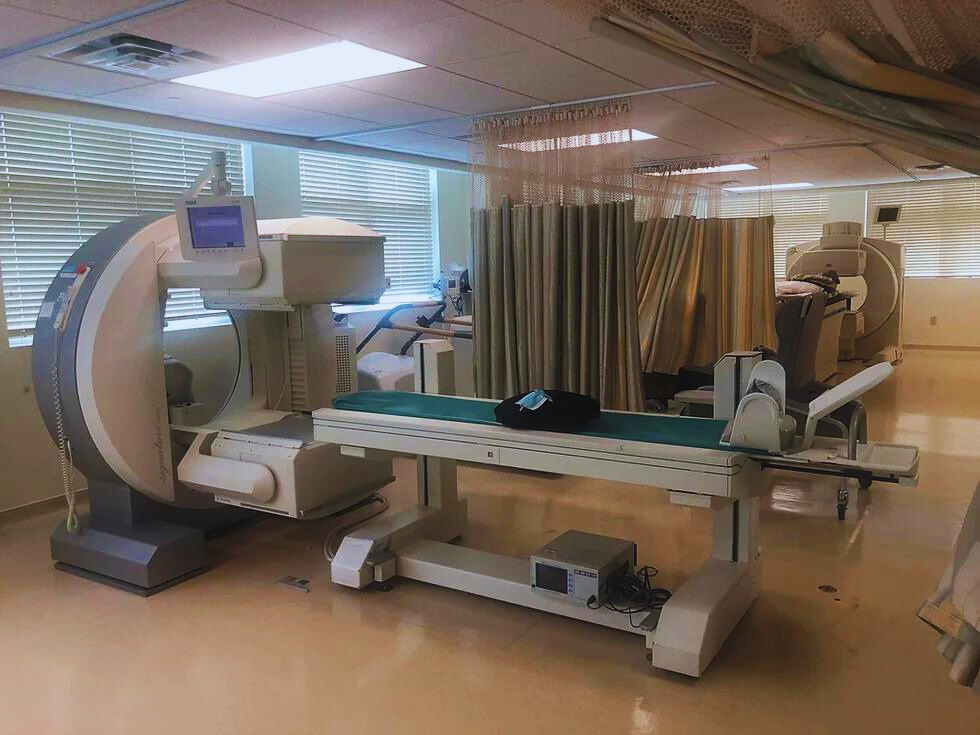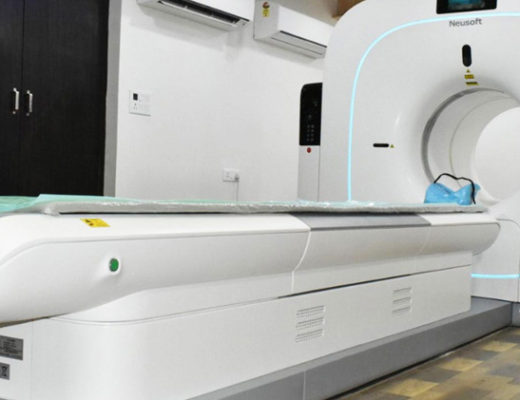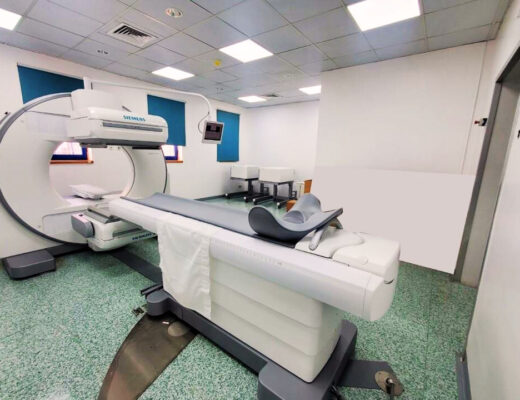Gamma camera therapy might sound intimidating, but it’s a valuable diagnostic tool used in nuclear medicine. It helps doctors visualize internal organs and identify abnormalities by using a radioactive tracer and a gamma camera. While the procedure involves radiation exposure, the benefits often outweigh the risks. Let’s explore the safety aspects of gamma camera therapy and address any concerns you might have as a patient.
Understanding Radiation in Gamma Camera Therapy
Gamma camera therapy, also known as scintigraphy, doesn’t directly treat any medical condition. Instead, it utilizes a small amount of radioactive material, called a radiotracer, injected into your bloodstream or taken orally. This radiotracer then accumulates in specific organs or tissues, depending on the type of scan being performed. The gamma camera detects the radiation emitted by the radiotracer, creating images that help doctors diagnose various conditions like:
- Bone abnormalities
- Thyroid problems
- Heart disease
- Certain cancers
Addressing Radiation Concerns
It’s natural to have questions about radiation exposure. Here’s a breakdown of the safety measures and the minimal risks involved:
- Low Doses: The amount of radiation used in gamma camera therapy is very low, much lower than what you might experience from an X-ray. In fact, the radiation dose is comparable to the amount you’d receive from natural background radiation over a few days.
- Targeted Approach: The radiotracer is designed to target specific organs, minimizing exposure to other healthy tissues.
- Fast Elimination: The radiotracer is typically eliminated from your body within a day or two, further reducing radiation exposure.
Who Should Be Cautious?
While generally safe, it may not be recommended for everyone. Here are some considerations:
- Pregnancy: Radiation exposure, even minimal, can be harmful to a developing fetus. If you’re pregnant or suspect you might be, inform your doctor before undergoing gamma camera therapy.
- Breastfeeding: Some radiotracers can pass into breast milk. Consult with your doctor to discuss both the advantages and potential risks if you are breastfeeding.
- Allergies: Inform your doctor about any allergies you might have, as some radiotracers may contain ingredients that could trigger an allergic reaction.
What to Expect During the Procedure
A gamma camera therapy session is typically an outpatient procedure. Here’s a general overview:
- You’ll be injected with the radiotracer or asked to swallow it in liquid form.
- Depending on the type of scan, you might need to wait for the radiotracer to accumulate in the target organ.
- You’ll then lie on a table while the gamma camera detects the radiation and creates images of the targeted area.
- Usually, the entire procedure is finished in less than sixty minutes.
Conclusion
Gamma camera therapy is a reliable and beneficial diagnostic instrument. The minimal radiation exposure involved is significantly outweighed by the benefits of obtaining detailed images for accurate diagnosis.If you have any questions or worries, talk about them with your doctor. They can explain the specifics of your scan and address any questions you might have about safety and radiation exposure. For more such info, stay updated with rnmcenter



